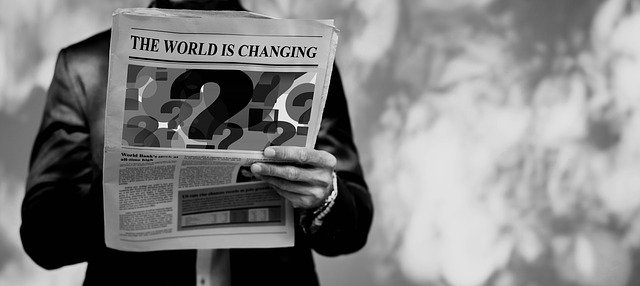Change is a fundamental and common element to our business environment and this will continue to impact on the whole Australian economy for the next few years. As we have discussed previously, both the volume and rate of change are growing exponentially. Very few businesses proactively plan to overcome or respond to the opportunities that change creates.
A business’s ability to manage and implement change effectively is critically important, now more so than ever. To remain competitive and sustain vibrant businesses, quick and effective action is required to maintain long term financial viability. Major changes include:
- the impact of globalisation
- the adoption of innovation and technology
- the change in the demographics of our target markets
- the change in labor dynamics
- the personalised marketing demands of customers
- the ecological issues and changing government regulations
These changes have had wide reaching implications on how businesses must develop to remain competitive and effective in the future.
Why is change so hard?
Have you ever wondered why some companies seem to thrive despite economic uncertainty, while many of their competitors seem to struggle for survival? Is it that one company’s products are so much superior to that of another? Possibly, but not likely.
The fundamental problem in many companies is an inability to adapt to current changes in competitive forces and buying behavior. As humans we have a natural instinct to resist change.
Change can be uncertain and uncertainty breeds insecurity. Therefore, the instinct to resist change is the result of our basic need for security. We will change only when our dissatisfaction (or discomfort) with the status quo becomes so great that we can no longer tolerate the results (and missed opportunities) that come from practicing our old and established ways. Then and only then can we implement and sustain a process of change.
How do we embrace change?
What drives humans to change is also what drives companies to change. Companies that have embraced their dissatisfaction and developed a process of continuous improvement (i.e., change) that has resulted in streamlined business processes, greater competitive advantage and improved decision-making are the growing and successful companies we observe today.
Take their example and take note that the future is not a random event. Act now to influence your own future because if you don’t then someone else will. Planning is all about creating your future. Your vision is your future. If you believe it, you can see it and if you can see it, you can influence it.
To assist your business in adapting to change, we have developed a Change Success Diagnostic based on Chris Mason’s PhD research. Chris’ model is a simple and elegant approach to managing change that highlights 10 key elements in successful change projects. Use it to lift your potential success rate above the standard 30%.
Discover your potential for change success in under 5 minutes with our free Change Success Diagnostic Tool – http://www.sbdbusiness.com.au/change-success-diagnostic/



